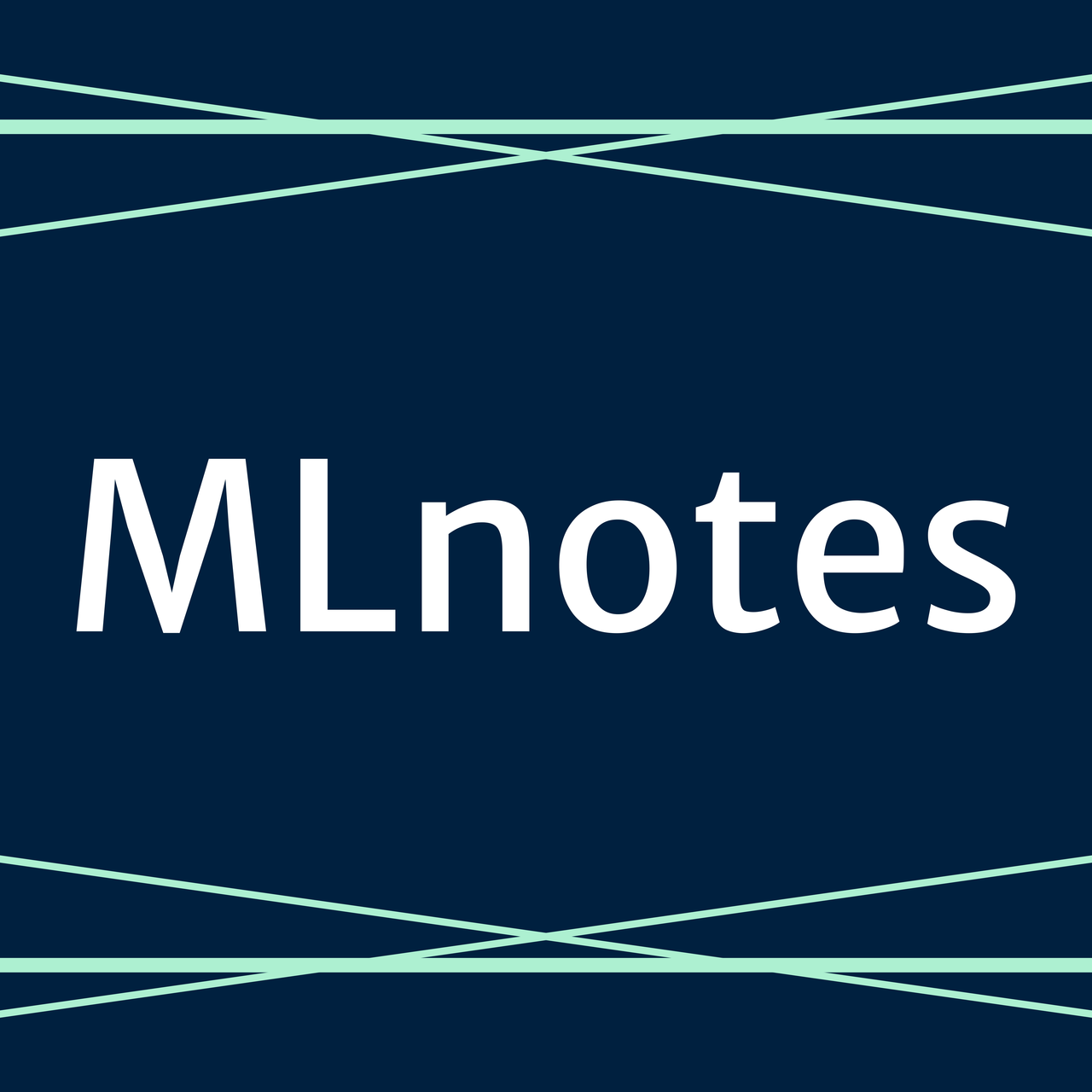How to Build a Multi-modal Image Search App from Scratch
Part 1 - VISTA embedding model
Are you interested in building cutting-edge image search applications?
In this blog post, we'll share the first part to prep us for creating a powerful image search engine that can handle multi-modal search input. Let's dive in!
Understanding Image Search Methods
Before diving into the app-building process, it's crucial to understand the three primary methods of image search:
Text-based search: Users input text queries (e.g., "a blue suit") to find relevant images.
Image-based search: Users upload an image to find similar or related images.
Multi-modal search: Users provide both text and image inputs to refine their search results.
Our tutorial focuses on the third method, multi-modal search, which offers the most flexibility and power for users seeking specific visual content.
Introducing Vista: Multi-modal Embedding Model
At the heart of our image search app is a revolutionary model called Vista. This multi-modal embedding model allows for the seamless integration of both image and text inputs, resulting in more accurate and relevant search results.

How Vista Differs from Traditional Models
While popular models like CLIP have made significant strides in image-text embedding, they still have limitations when it comes to true multi-modal search. CLIP and similar models typically process text and image inputs separately, resulting in two distinct embeddings that must be combined manually.
Vista, on the other hand, fuses text and image inputs into a single, unified embedding. This approach leads to more coherent and contextually relevant search results, especially when users want to combine visual and textual criteria in their queries.
The Architecture Behind Vista
The Vista model employs a clever architecture to achieve its multi-modal capabilities:
A Vision Transformer encoder converts images into embeddings.
A pre-trained text encoder processes textual input.
Both embeddings are concatenated and passed through a BERT-like text encoder.
The weights of the text encoder are frozen during training, while the Vision Transformer is fine-tuned.
This architecture allows the model to learn how to effectively combine visual and textual information, resulting in a powerful tool for multi-modal search.
Curious to learn more?
Join Professor Mehdi and myself for a discussion about this topic below:
What you’ll learn 🤓:
🔎 A detailed explanation of image search concepts and methodologies
🚀 An introduction to the Vista model and its underlying architecture
🦄 Step-by-step code walk through (Next Sessions)
🪄 Application demo (Next Sessions)
👇
Before we go on…a quick announcement -
🚀 Join Our New YouTube Membership Community!
For many of you following us on YouTube. thank you so much for your support! 🦄
In addition to our regular updates, I’m excited to announce the launch of our membership community! Whether you’re looking to master Retrieval-Augmented Generation (RAG), AI Agents, or dive deep into advanced AI projects and tutorials through AI Unbound, there’s something for everyone passionate about AI.
By joining, you’ll gain exclusive content, stay ahead of the curve, and reduce AI FOMO while building real-world skills. Ready to take your AI journey to the next level?
Let’s build, learn, and innovate together!
Advantages of Using Vista in Your Image Search App
Implementing Vista in your image search application offers several key benefits:
Unified input processing: Vista can handle text-only, image-only, or combined text-image inputs, providing a flexible search experience for users.
Improved search accuracy: By fusing text and image information, Vista can capture nuanced search criteria that might be missed by single-modality approaches.
Lightweight and fast: Despite its advanced capabilities, Vista is relatively small (less than 400MB) and performs quickly, making it suitable for a wide range of applications.
Conclusion: The Future of Image Search is Multi-modal
As we continue to push the boundaries of what's possible in image search, multi-modal approaches like Vista represent the next frontier. By combining the strengths of both visual and textual information, we can create more intuitive, accurate, and user-friendly search experiences.
We encourage you to watch our full video tutorial to gain hands-on experience with building a multi-modal image search app. Whether you're a seasoned developer or just starting out in the world of AI and computer vision, this guide will provide valuable insights and practical skills to enhance your projects.
Don't forget to subscribe to our channel and turn on notifications to stay updated on the latest developments in AI, computer vision, and search technologies.
🛠️✨ Happy practicing and happy building! 🚀🌟
Thanks for reading our newsletter. You can follow us here: Angelina Linkedin or Twitter and Mehdi Linkedin or Twitter.
🌈 Our RAG course: https://maven.com/angelina-yang/mastering-rag-systems-a-hands-on-guide-to-production-ready-ai
📚 Also if you'd like to learn more about RAG systems, check out our book on the RAG system: You can download for free on the course site:
https://maven.com/angelina-yang/mastering-rag-systems-a-hands-on-guide-to-production-ready-ai
🦄 Any specific contents you wish to learn from us? Sign up here: https://noteforms.com/forms/twosetai-youtube-content-sqezrz
🧰 Our video editing tool is this one!: https://get.descript.com/nf5cum9nj1m8
📽️ Our RAG videos: https://www.youtube.com/@TwoSetAI
📬 Don't miss out on the latest updates - Subscribe to our newsletter:




